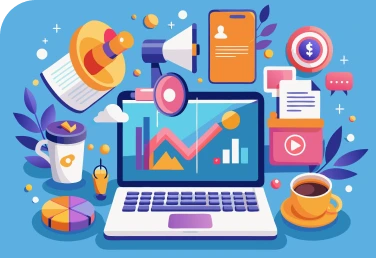
The product design process is a structured approach that transforms ideas into real, functional products. Mastering this process involves a blend of creativity, strategy, and technical knowledge. Designers must follow a series of key steps to ensure that the final product not only meets user needs but also stands out in the market. Understanding these steps can lead to more efficient workflows, better products, and greater success.
1. Research and Discovery
The first step in the product design process is research. This involves understanding the market, identifying user needs, and exploring existing solutions. Designers must gather data on user behavior, preferences, and pain points through interviews, surveys, and competitor analysis.
This stage helps clarify the problem that needs to be solved and provides insights into the target audience. Without thorough research, designers risk creating a product that fails to meet real user demands.
2. Concept Development
Once the research is complete, it’s time to brainstorm ideas and develop concepts. This stage is highly creative and involves generating multiple design solutions for the identified problem. Sketching, mind mapping, and collaborative brainstorming sessions are common techniques used to explore various ideas.
The goal here is to generate a wide range of potential solutions before narrowing down the options. Designers should focus on both functionality and aesthetics, keeping in mind the users' needs and how the product will be experienced.
3. Prototyping
After selecting the most promising concept, the next step is to create prototypes. Prototyping involves building a preliminary model of the product that allows designers to test its functionality and design. Depending on the complexity of the product, this can range from simple sketches and wireframes to fully functional models.
Prototypes are critical because they allow for early testing and feedback. By seeing the product in action, designers can identify potential flaws or areas for improvement before moving to the next stage.
4. User Testing
Once a prototype is ready, it’s essential to test it with real users. User testing provides valuable feedback on the product’s usability, functionality, and overall experience. It reveals whether the design truly solves the user’s problem and how it performs in real-world scenarios.
Based on the feedback, designers may need to iterate on the design, making adjustments and improvements before finalizing the product. This iterative process ensures that the product aligns with user needs and expectations.
5. Refinement and Finalization
After gathering feedback and making necessary changes, the design enters the refinement phase. This involves fine-tuning every aspect of the product, from functionality and aesthetics to materials and manufacturing techniques. Designers work closely with engineers, manufacturers, and stakeholders to ensure that the product is ready for production.
6. Launch and Post-Launch Evaluation
The final step in the product design process is the launch. Once the product is manufactured and distributed, designers should continue to monitor its performance in the market. This post-launch phase is essential for evaluating user feedback, identifying potential improvements, and determining whether the product meets its goals. By analyzing post-launch data, designers can learn valuable lessons for future projects and make updates to enhance the product if necessary.
07 October 2024 / Digital Marketing
hello guys today we will learn about how to building small business growt up Building an effective and successful business is not something...
05 October 2024 / Website Development
Website development has come a long way, and as technology evolves, the landscape of web development continues to change at a rapid pace. Developers a...
05 October 2024 / Website Development
Website development is constantly evolving, driven by new technologies and changing user expectations. To stay ahead, developers must stay informed ab...


